Resource efficiency and environment
Climate control systems play a pivotal role in managing energy consumption for our customers. By optimizing these systems, we empower our customers to reduce their energy and water usage.
Our climate footprint originates from the use of electricity and fossil fuels in our production processes and from the use of our sold products. The goal is to continuously reduce our energy use and make our factories and processes more efficient but also to develop even more resource-efficient products, efficient transports and to make choices of materials and suppliers that reduces negative impact.
Dedicated to minimizing our climate footprint
To accelerate our work in this area, we have committed to setting near-term company-wide emission reductions in line with the Science Based Targets initiative (SBTi). By committing to this important initiative, we will have our previously set targets for Scope 1 and 2 validated and set new targets for Scope 3.
The strategic targets for 2030 are:
- reduce CO2e emissions in Scope 1 and 2 to net zero
- reduce CO2e emissions in Scope 3 in line with the Paris Agreement's 1.5°C target.
Reducing emissions in our operations
We report our Scope 1, 2, and 3 emissions in accordance with Greenhouse Gas (GHG) Protocol.
Scope 1 and 2 include emissions from factory operations, offices and other non-production locations, and company vehicles. In 2022, we established guidelines and targets to increase energy efficiency and source renewable electricity for our production facilities. We also mapped energy sources in our offices and other properties not involved in production. This allows us to constantly monitor our operation’s Scope 1 and 2, which are direct emissions and indirect emissions from energy purchased.
We significantly increased the share of renewable electricity during 2023, contributing to emissions reductions. We are also identifying potential renewable electricity sources for offices and other properties not involved in production.
Reducing emissions in our entire value chain
We are mapping relevant greenhouse gas emissions from our suppliers, transportation providers, and products used by customers, known as Scope 3 emissions or indirect emissions. We see that category 11, Use of Sold Products, accounts for most emissions.
Besides focusing on minimizing emissions from our operations, we are committed to reducing the climate footprint of our products through constant innovation, transportation efficiency, and responsible choices of materials and suppliers.
Learn how we are working to reduce emissions in the entire value chain:
Accelerating the circularity agenda
We are actively improving our circularity efforts by formalizing our work into a circularity strategy during 2024. Some of the ongoing initiatives include:
- Since 2023, we have integrated environmental aspects into product development by promoting the "Ten Golden Rules" (Conrad Luttropp – KTH, 2006) ecodesign methodology. This new approach has led us to implement a sustainability scorecard to evaluate circularity in new product design concepts.
- We have created a polymer design guidebook on how to choose or replace certain plastics with other more sustainable, or recyclable, alternatives.
- We have been using the SimaPro software for lifecycle assessments (LCA) since 2022 to compare the environmental impact of our products and identify improvement areas. We aim to have ISO-standard certified LCAs for all major product families by 2030.
- In March 2024, we joined the Circular Development Program, initiated and led by Combient Pure, to explore and identify circularity opportunities along our entire value chain, from procurement to end of life.
Initiating focus on biodiversity
Biodiversity, the variety of life at genetic, species, and habitat levels, is crucial for maintaining natural balance and providing essential resources like oxygen, clean air, water, and food. However, global biodiversity has been declining for decades, and urgent action is needed.
As a global industry company using materials like steel, aluminum, copper, and plastic, we are committed to safeguarding biodiversity.
We have launched a workstream to understand our sector's biodiversity impacts and dependencies, identify high-risk regions, and develop a targeted action plan. Biodiversity will become a prioritized focus area for us in 2025.
Expanding our service business
 Services, which include maintenance, upgrades, and product replacements, are important to customers not least from a sustainability perspective. Services extend the life of the products and increase the efficiency of our installed products. The goal is to grow our service business to 30% of net sales in the long term.
Services, which include maintenance, upgrades, and product replacements, are important to customers not least from a sustainability perspective. Services extend the life of the products and increase the efficiency of our installed products. The goal is to grow our service business to 30% of net sales in the long term.
Innovating for tomorrow
We continue to focus on further investing in our core technologies, solutions, and digitization to optimize our product portfolio. We have launched several new products, such as SyCool and DSS Pro. When we innovate, we look at various sustainability factors early in the process. For example, we take into consideration the choice of materials, recycling possibilities, and energy consumption. When we have evaluated all these aspects, we define the value proposition, technical opportunities, and profitability potential.
Progress 2023
Energy efficiency in our production plants
Target to continuously improve energy efficiency in relation to output value in our factories (MWh/production value SEK 000)
|
|
0.52
Outcome 2022: 0.62
Outcome 2021: 0.90
|
Renewable electricity in our production facilities
Eventually, we want 100% of our electricity to come from renewable sources, and the goal is to reach at least 80% by 2026 in our production
facilities
|
|
80%
Outcome 2021: 73%
Outcome 2020: 53%
|
Waste & recycling rate
Target to continuously raise the recycling rate
|
|
55%
Outcome 2022: 52%
Outcome 2021: 54%
|
Water consumption
Target to gradually reduce water consumption and treat wastewater in our production plants and processes (M3/production value SEK 000)
|
|
0.01
Outcome 2022: 0.01
Outcome 2021: 0,02
|
Investment in R&D
Research and development investment measured in relation to net sales
|
|
3.9%
|
Sustainable Development Goals (SDGs)
The activities that Munters carries out in the area of resource efficiency support the following areas in the UN's 2030 Agenda for Sustainable Development:

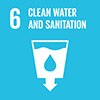

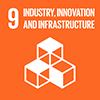
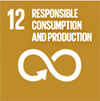
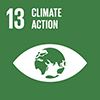
More about the SDGs and how we contribute to sustainable development.

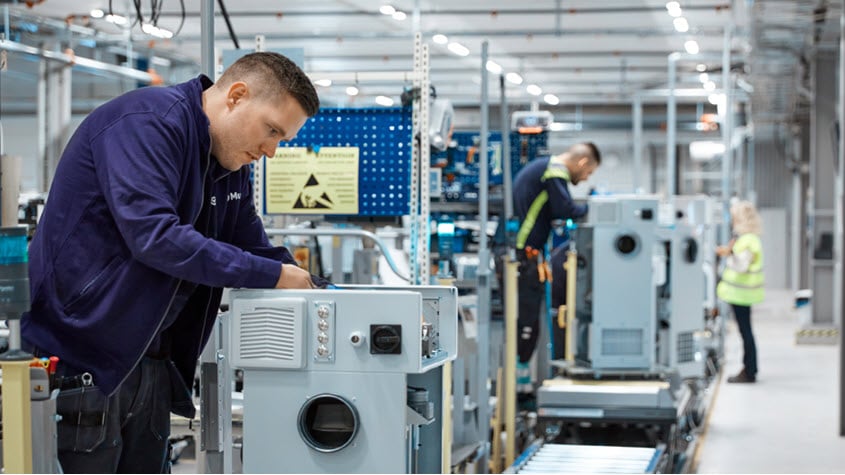
 Services, which include maintenance, upgrades, and product replacements, are important to customers not least from a sustainability perspective. Services extend the life of the products and increase the efficiency of our installed products. The goal is to grow our service business to 30% of net sales in the long term.
Services, which include maintenance, upgrades, and product replacements, are important to customers not least from a sustainability perspective. Services extend the life of the products and increase the efficiency of our installed products. The goal is to grow our service business to 30% of net sales in the long term.

